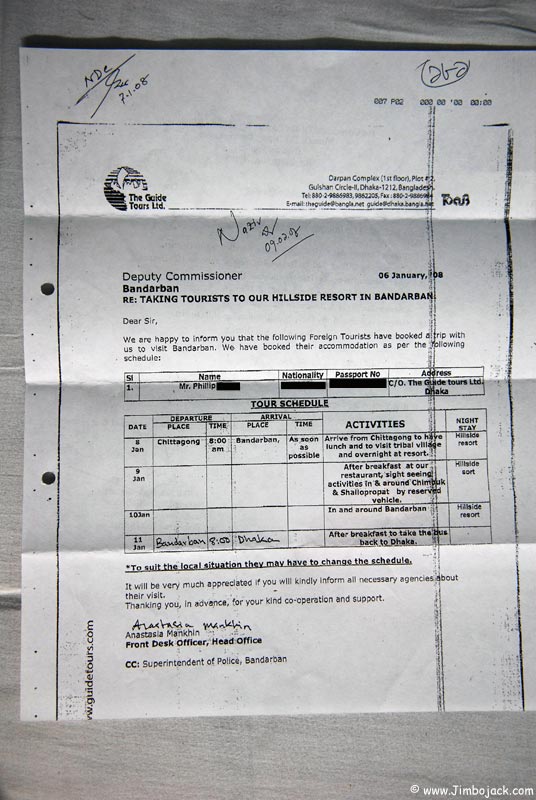
The Chittagong Hill Tracts are located in south-eastern Bangladesh, near the borders of Myanmar (Burma) and India. Out of an estimated population of between 1 and 1.5 million people, around 50% are tribal peoples. Another 45% are Bengali Muslim settlers that moved into the area. The forced Bengali settlement began in the 1970's and 1980's, it was fiercely resisted by the tribal population who formed guerilla groups such as the Shanti Bahini. This particular group no longer engages in military operations following the signing of a peace treaty with the Bangladeshi government on 2 Dec. 1997.
The Bangladeshi government, military and settlers have been accused of various human rights abuses, killings, torture and committing genocide against the tribal peoples. Various massacres took place during the 1980's and early 1990's until a peace treaty was signed in 1996. Amnesty International has excellent documentation of what happened available on their website.
Traveling in the hill tracts today is fairly difficult due to the restrictions imposed on foreigners by the government. Many areas are completely off limits to foreigners, others are possible to visit with a special permit which is somewhat difficult to arrange. When visiting some villages, a police escort is necessary in order to be allowed into the area where they are located. There is still a small resistance/separatist movement active in the Hill Tracts, as well as various armed bandit groups who sometimes target foreigners in order to gain political influence or demand ransom. This happened to a group of Scandinavians who worked there. The place that arranged my permit for me was overran with gunmen who kidnapped a relative of the owner and kept him for ransom. A few months before I arrived in Banderban, a group of tourists was stopped and robbed by another bandit group, while the guide was kidnapped and held for ransom. Despite this, I really wanted to go and see the area, so I made arrangements for a permit.
It is very difficult for foreigners individually to go to the Hill Tracts. I had to arrange a room with a local tour agency for them to file all the necessary paperwork with the authorities on my behalf. This is absolutely necessary in order to be allowed through the many military and police checkpoints into the Bandarban area. This is what the paperwork looks like:

There were at least 9 people that had to receive my official paperwork so that I would be allowed through the checkpoints!

Once I had all the necessary paperwork, it was fairly easy to go through the few military/police checkpoints on the road to Banderban. As soon as I arrived a plain clothes policeman followed me until he was sure I was registered at the hotel I had reservations for (he followed me into the reception to make sure I was registered!), he finally left me alone when I went to my room.
The next morning I went with a local guide (strongly recommended by the police) to a local tribal market in the city of Banderban (I was actually staying a few kilometers outside of the city in the jungle). Here are some photos:
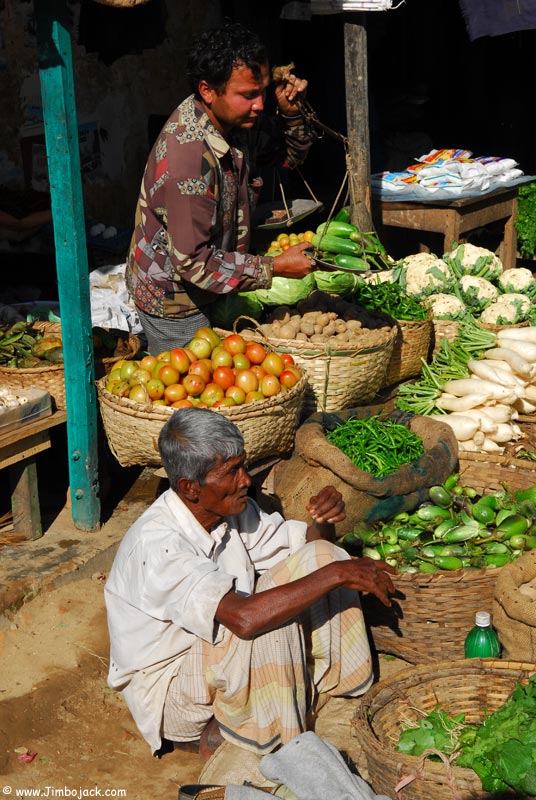
Women selling snails to be cooked. They are from the Marma tribe
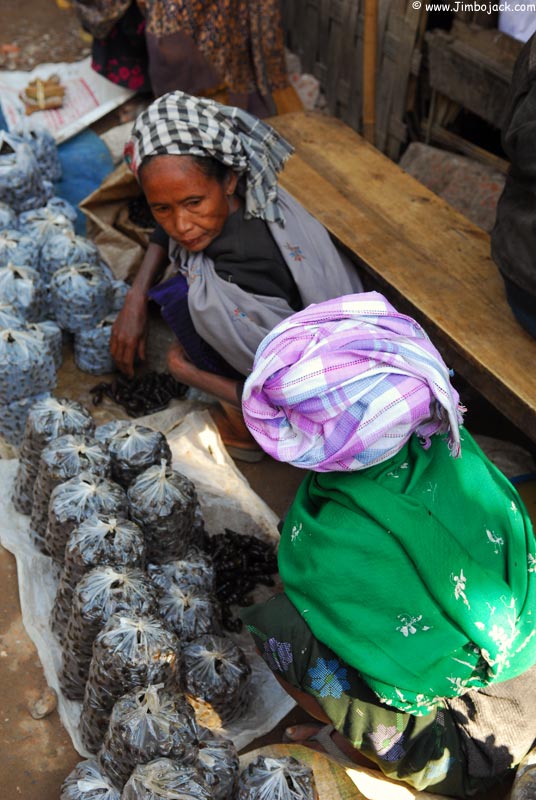
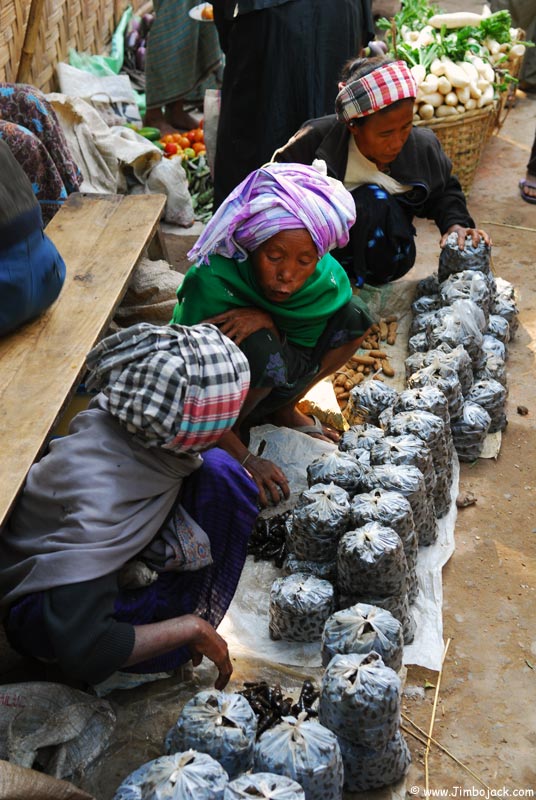
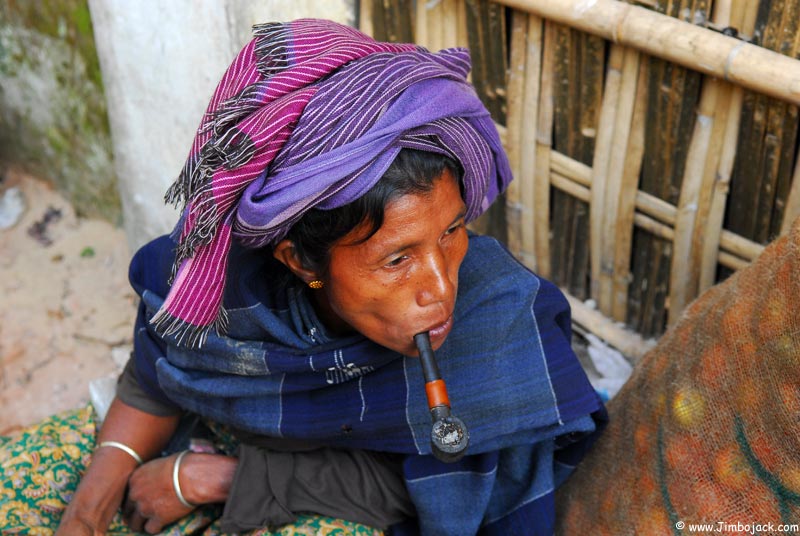
This is a Bangladeshi woman, notice how different she looks compared to the women above
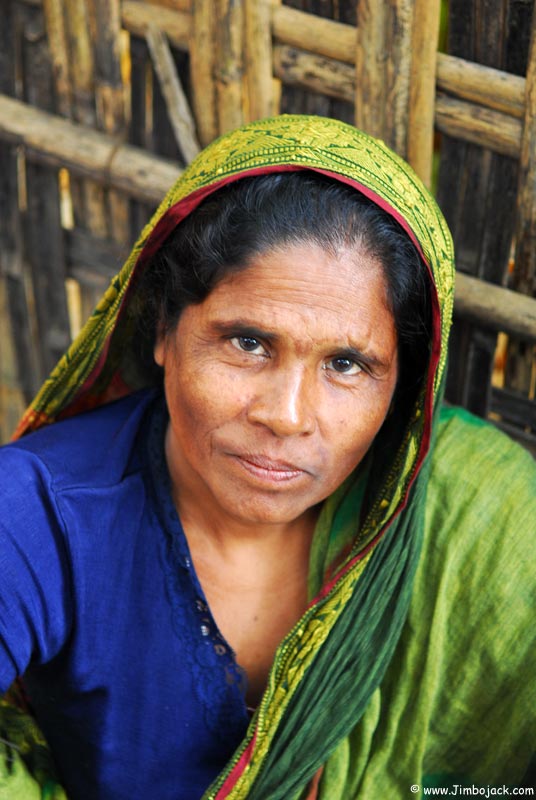
Another tribal woman

This is a Water Monitor lizard for sale at a market as food. To some tribes, this is considered a delicacy
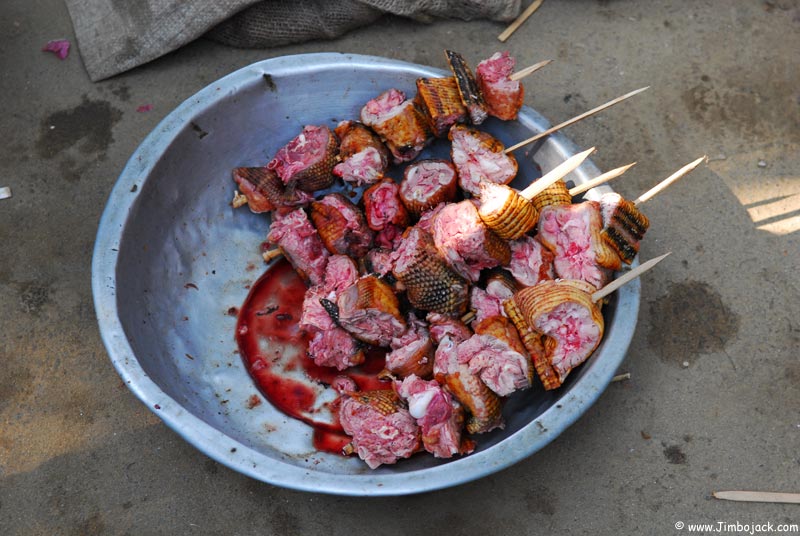
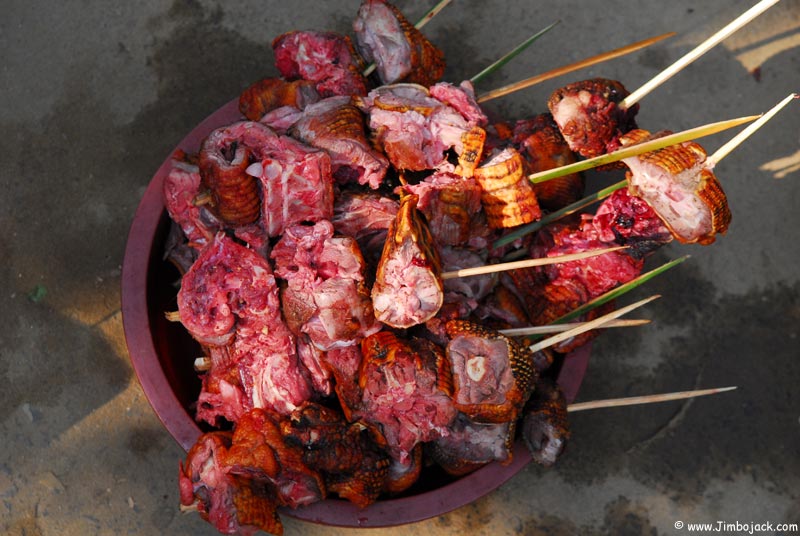
Pork, since the vast majority of Bangladesh is Muslim, you will only see this in tribal markets (Most tribal people are Animist, Buddhist or Christian)
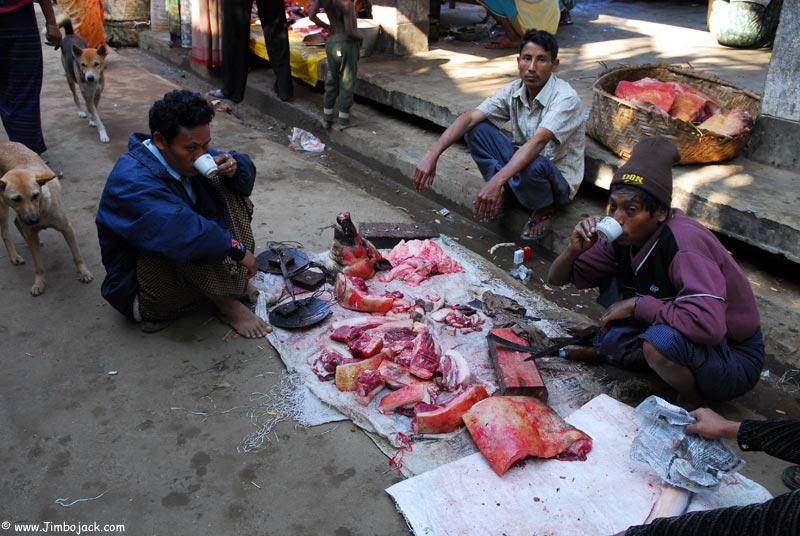
Boy selling betel nut leaves
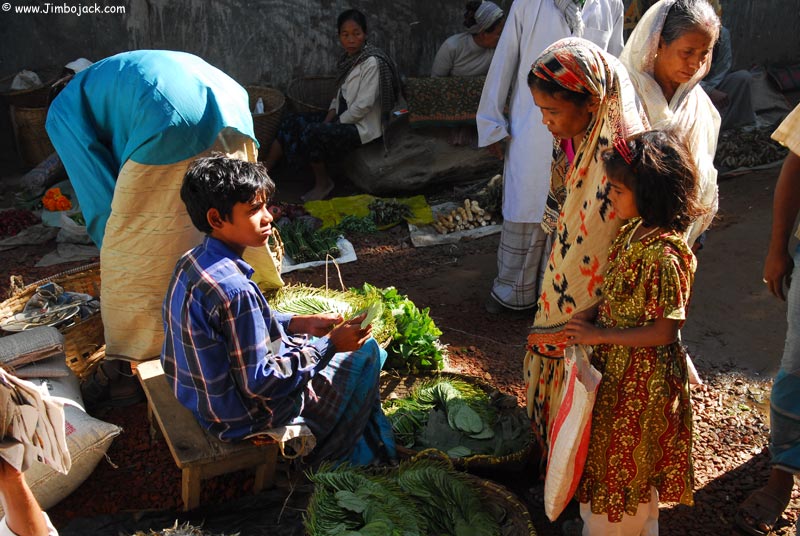
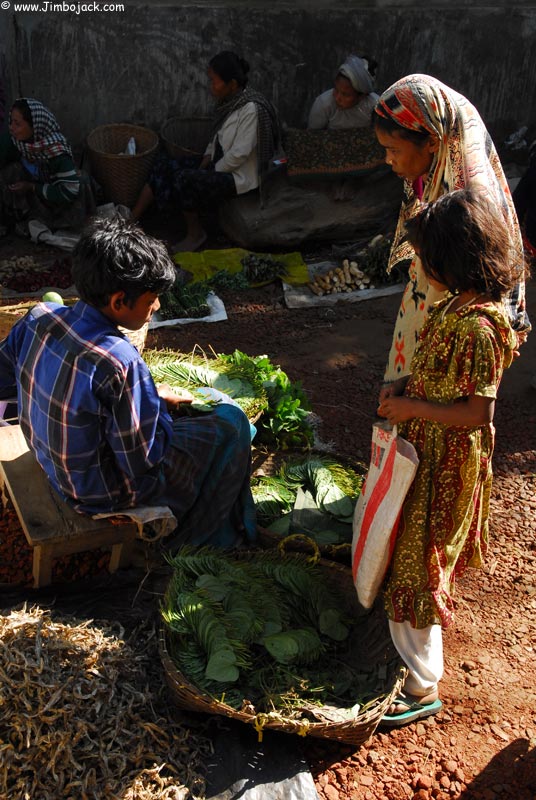
These are flowers from a shrub, they are used for cooking
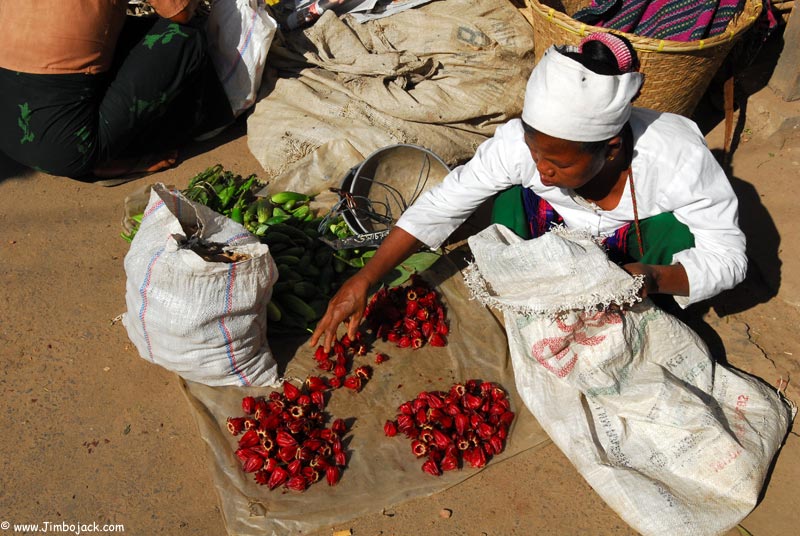
Bangladeshi Muslim woman buying dried fish
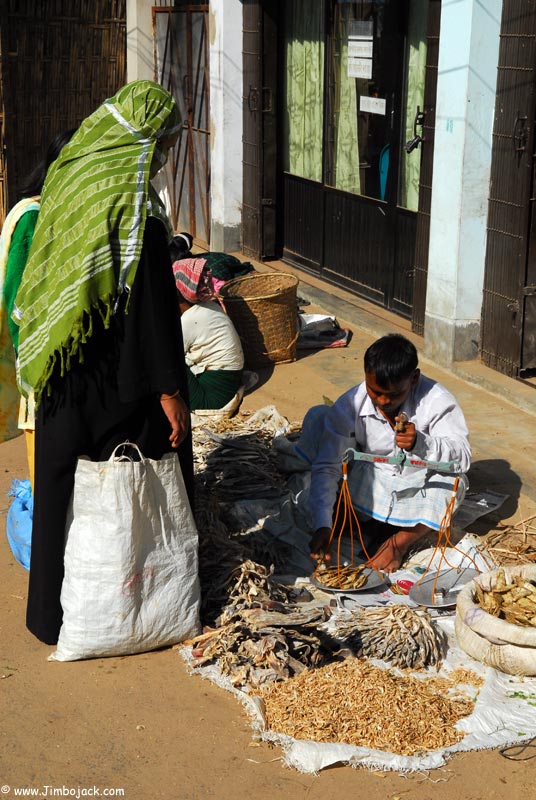

Man selling betel nuts. Many people in South Asia (Especially India & Bangladesh) chew them cut in pieces and wrapped in leaves as a stimulant. When I chewed it, it reminded me of chewing coca leaves in South America (It has the same mild numbing effect in your mouth)
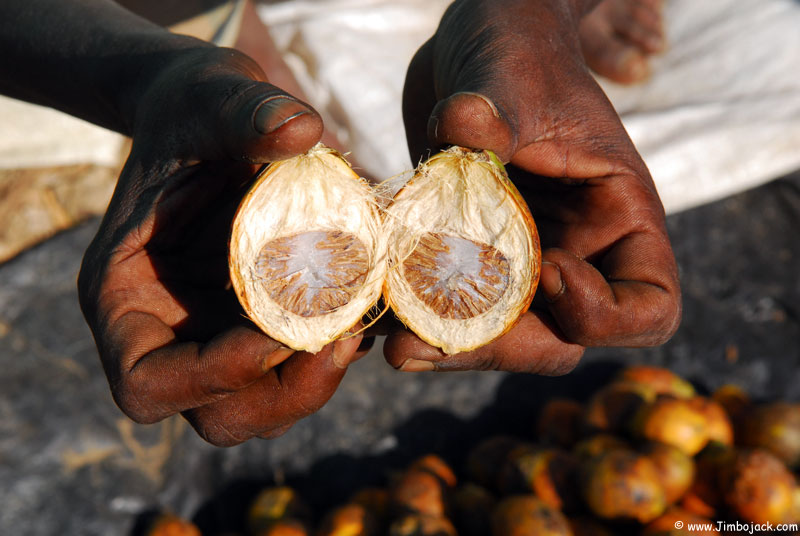
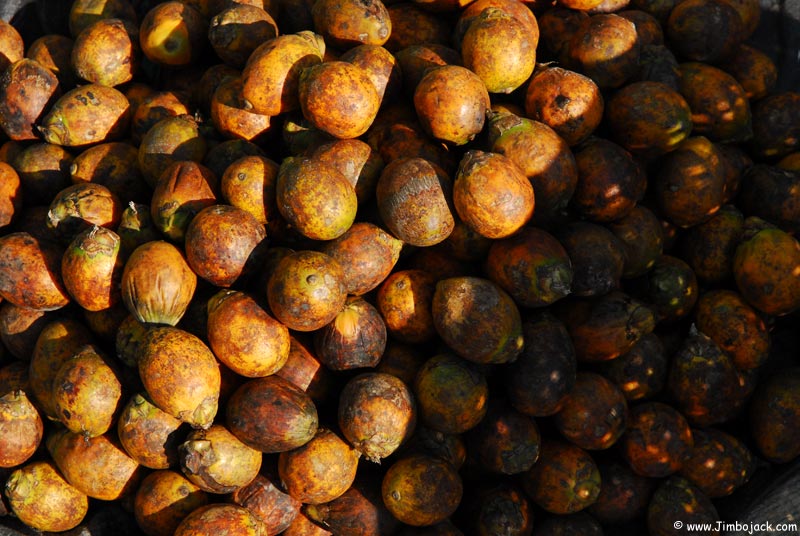
Various other tribal people at the market
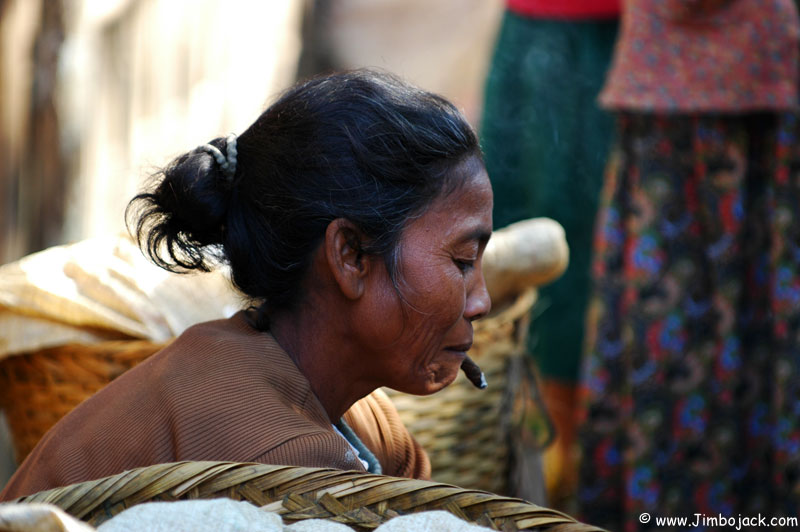
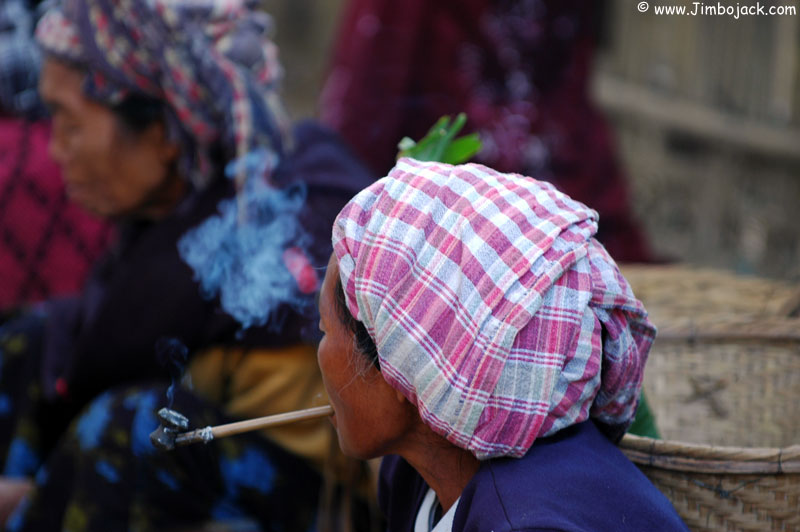
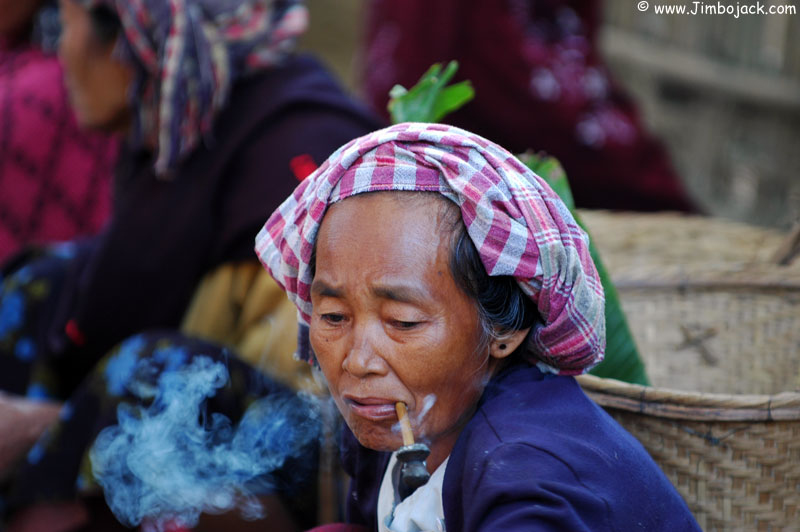
The woman below is Burmese, the design on her face is makeup
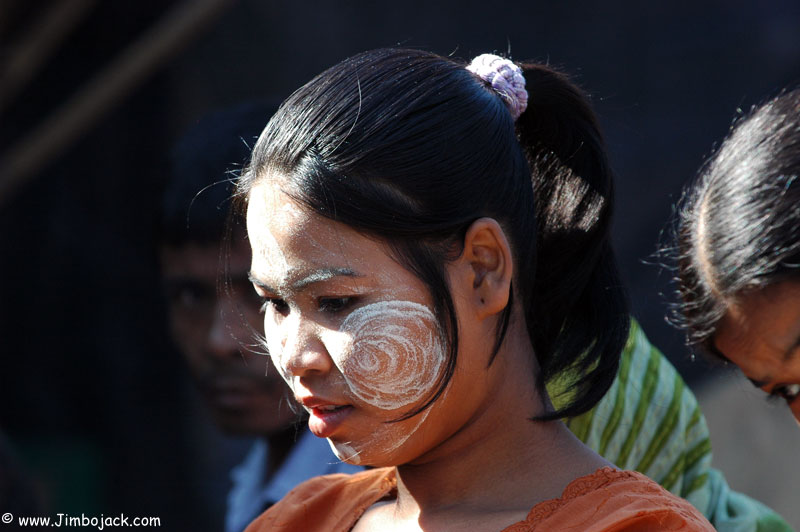
Following photos were taken on the river right next to the tribal market

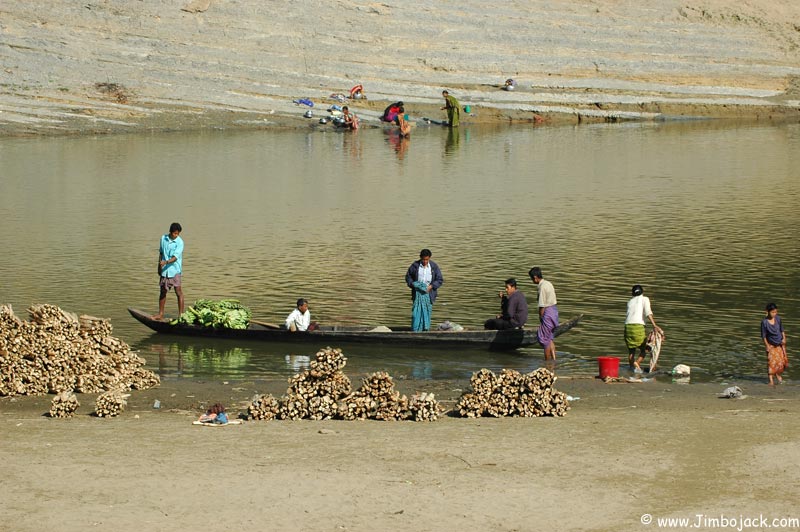
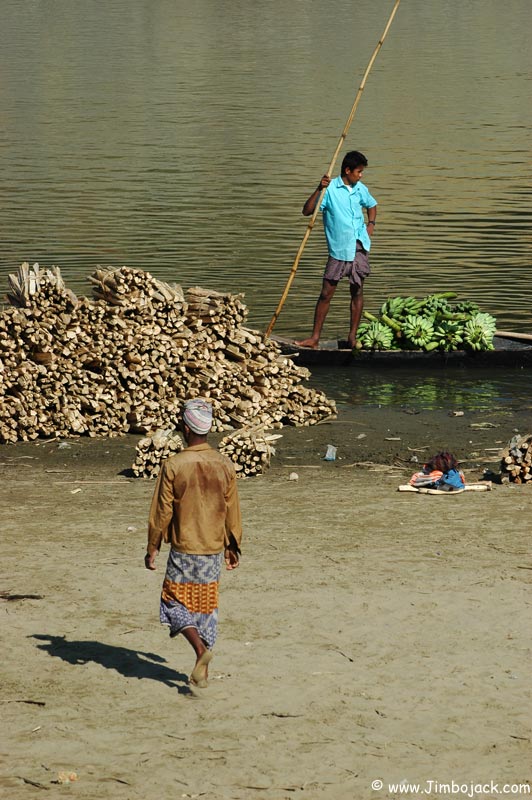
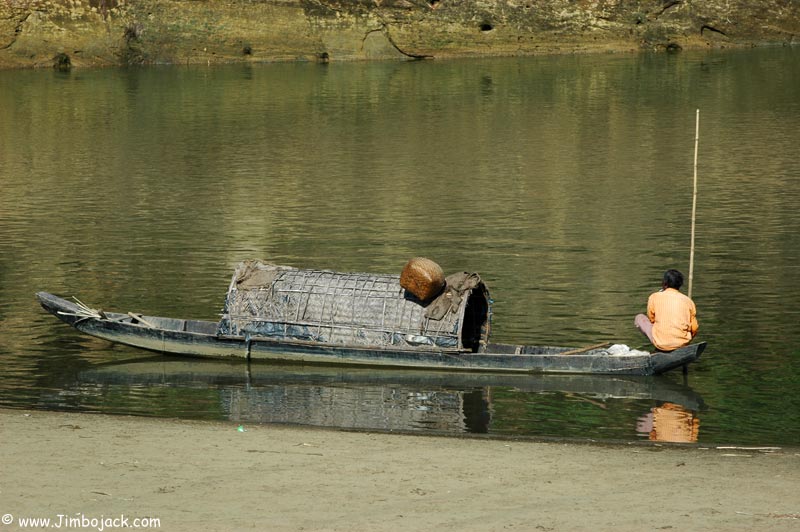
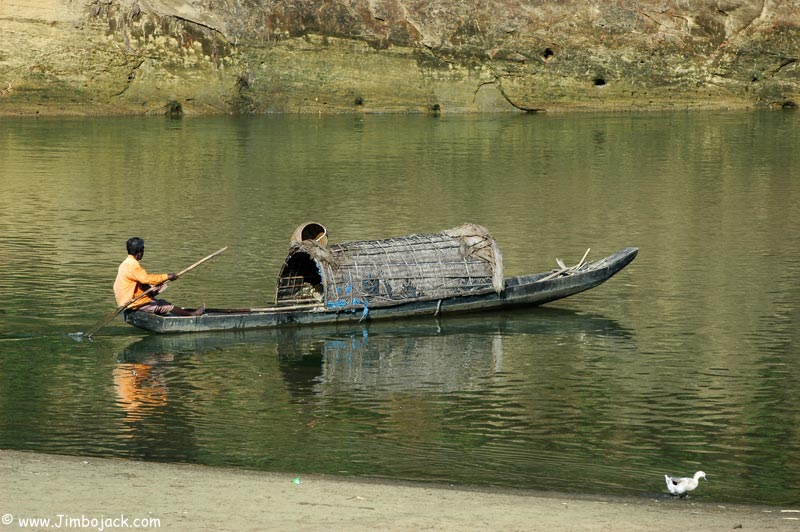
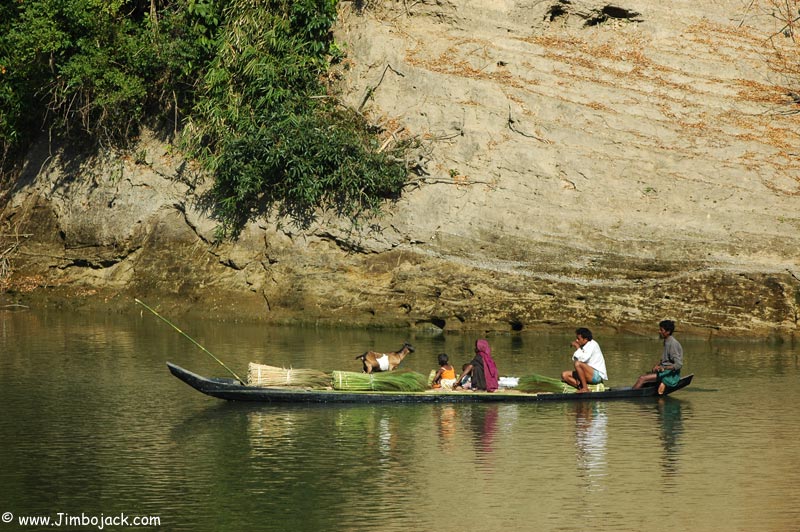



Schoolbooks at a small village on the way to Chimbuk
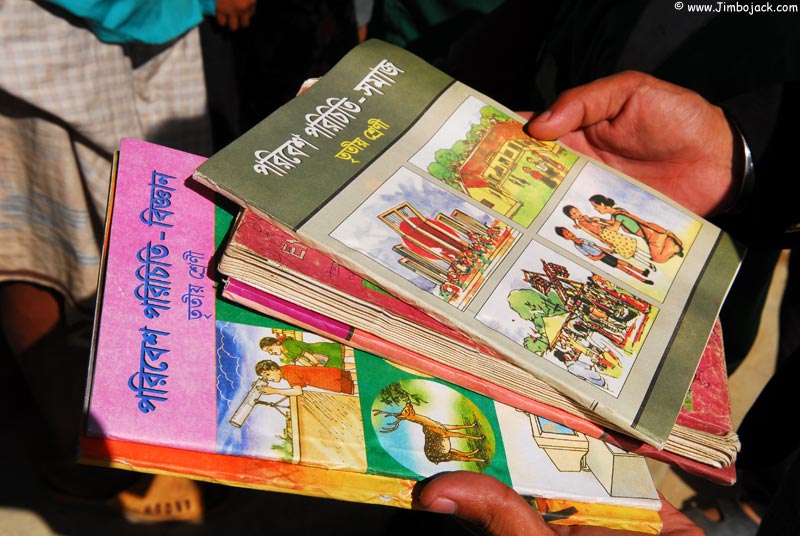
The village where the school was located, the tribe living here is Bawn. On the roof of the middle hut you can see a solar panel bought with a loan provided by the UN. These panels and possibly some car batteries provide all the electricity for the entire village.
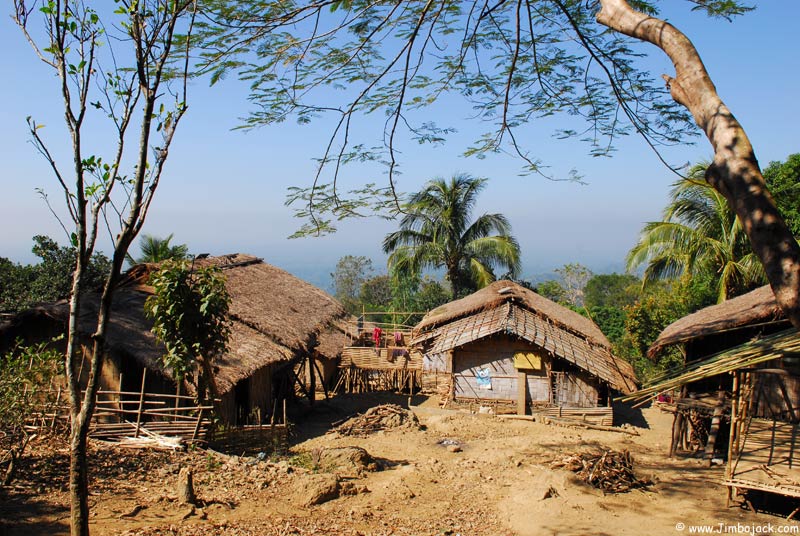
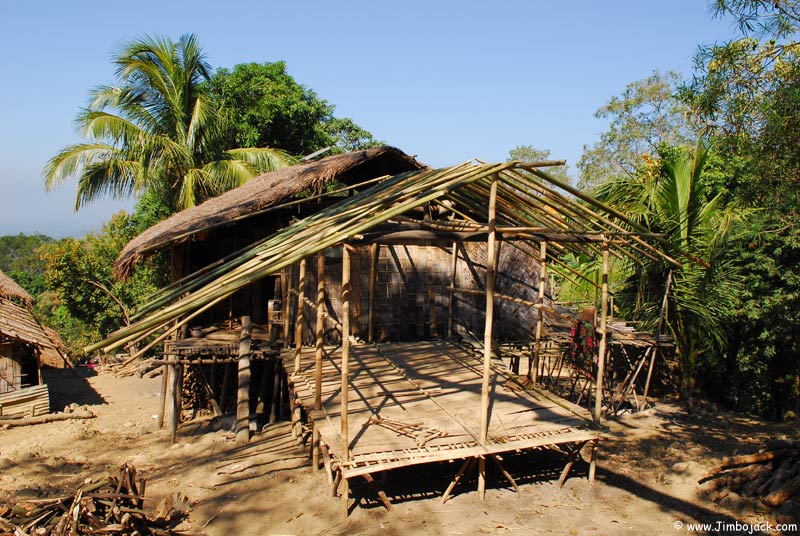
The person on the left was my guide during for the few days I stayed in Bandarban. Nobody in this village spoke Bangla (nobody in this area speaks English), without him I would have no way of communicating with the local people.

Inside of a typical family house, in this case there was a family of 7 people. The grandmother in the photo above, a husband and wife and 4 children. In some cases a family as big as 15 shares a house like this.
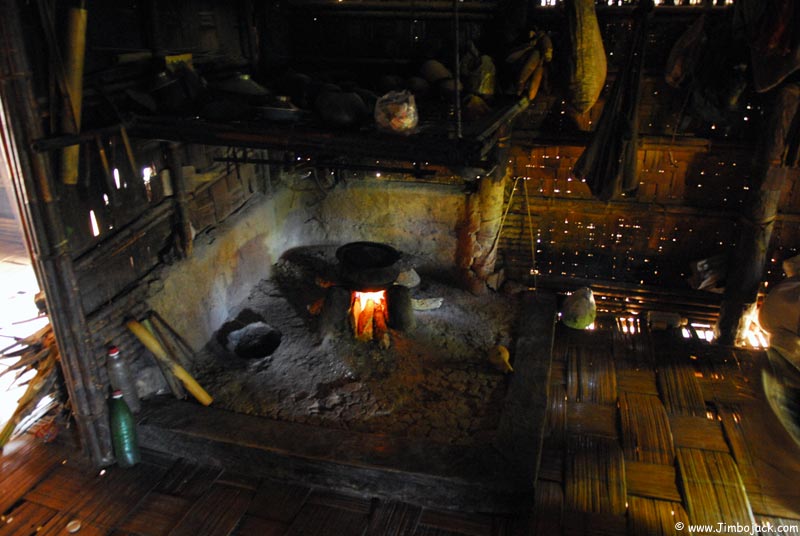
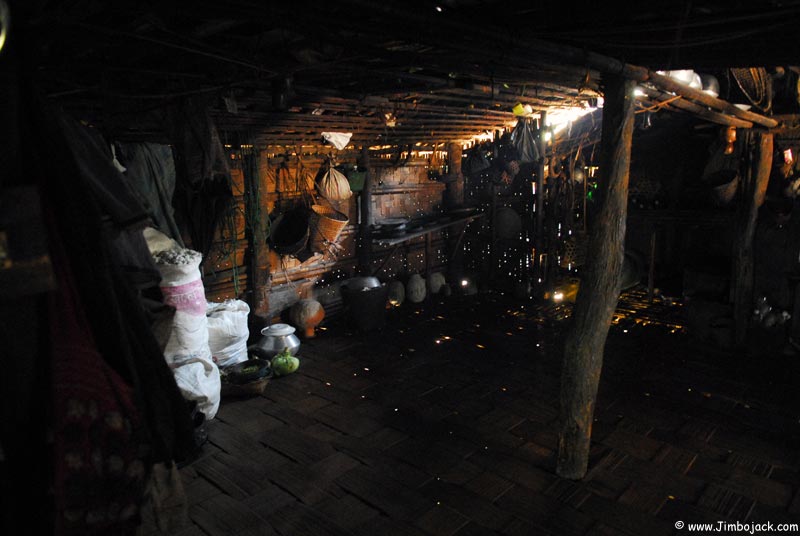
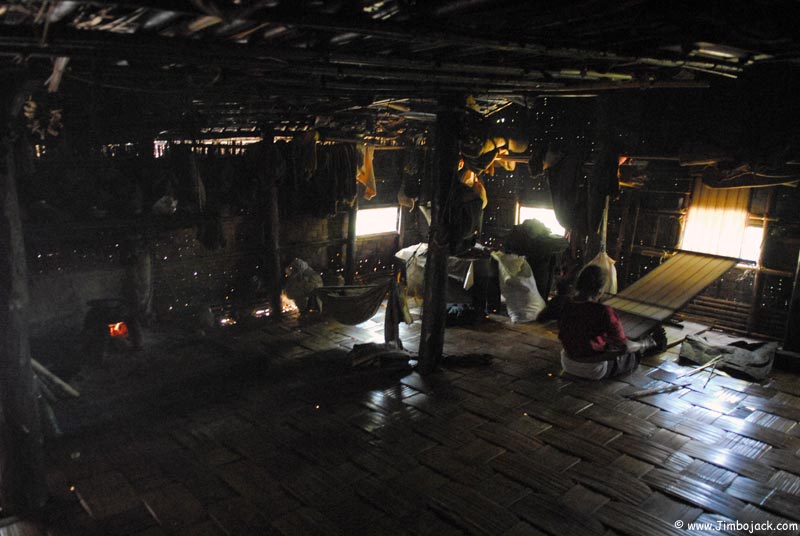

Chimbuk is in a very restricted area. Even though I had all the necessary permits, the only way I was able to go there was by hiring a car with a driver, a guide, and an escort of 3 armed police men who followed me around everywhere I went. Here they are outside of a hut I visited waiting for me.
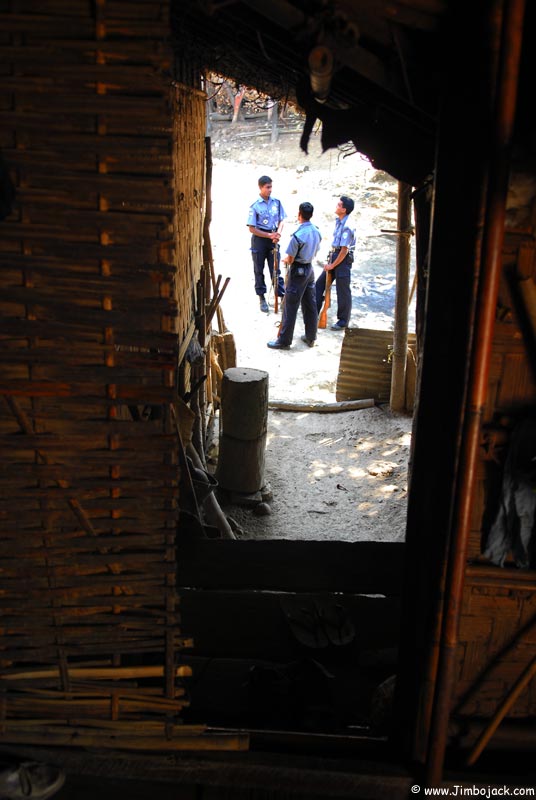

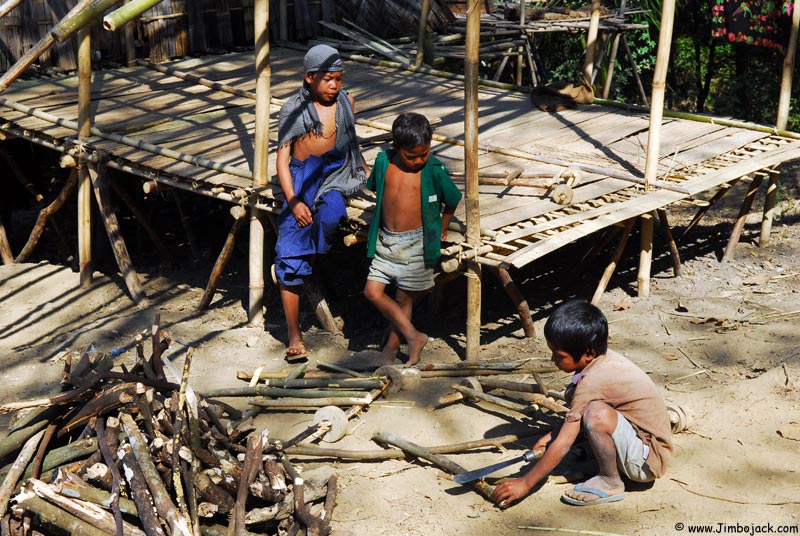

A couple of other photos of my escort
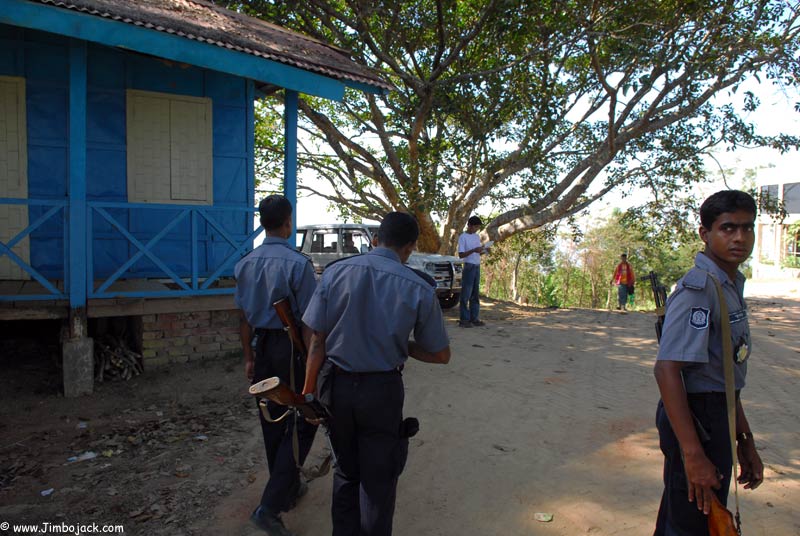
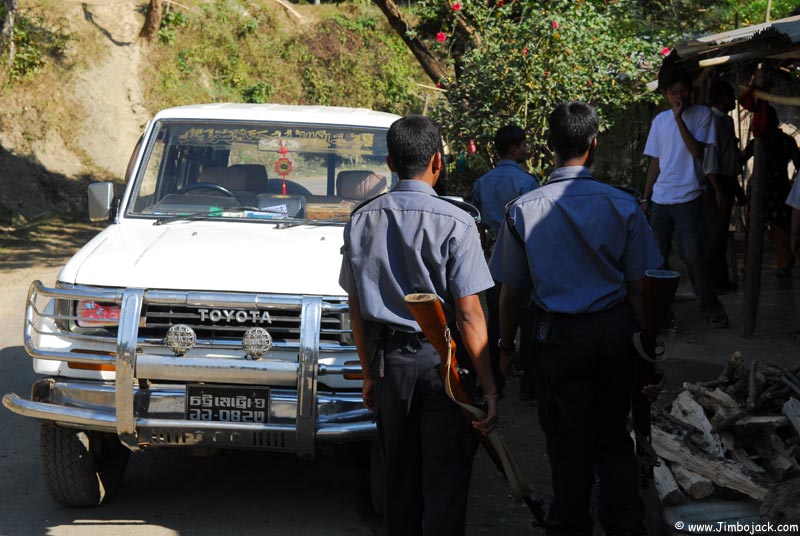
Various photos from the trip to Chimbuk
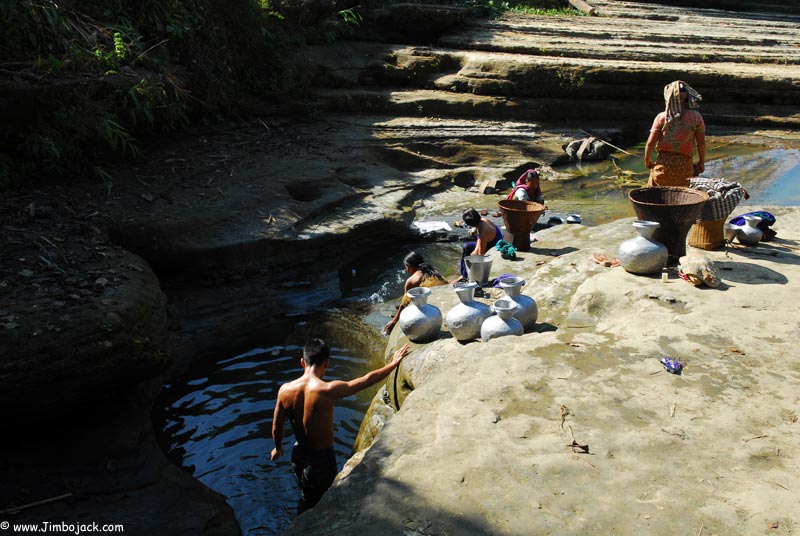
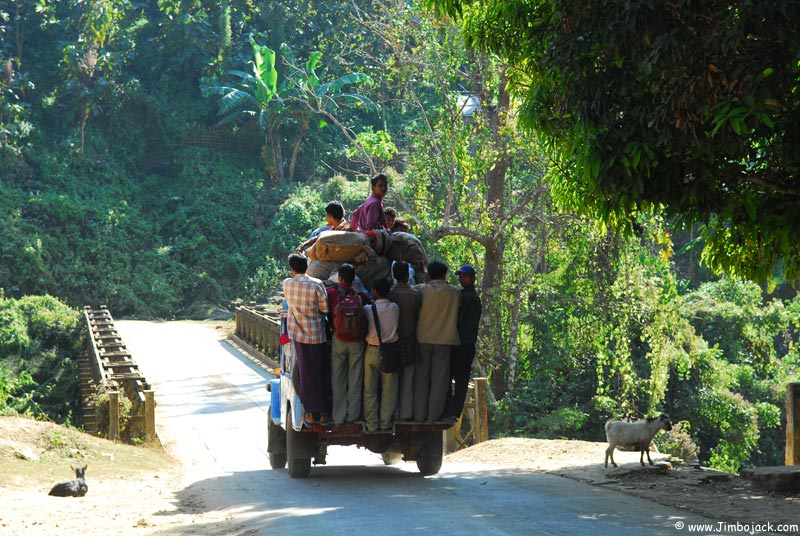
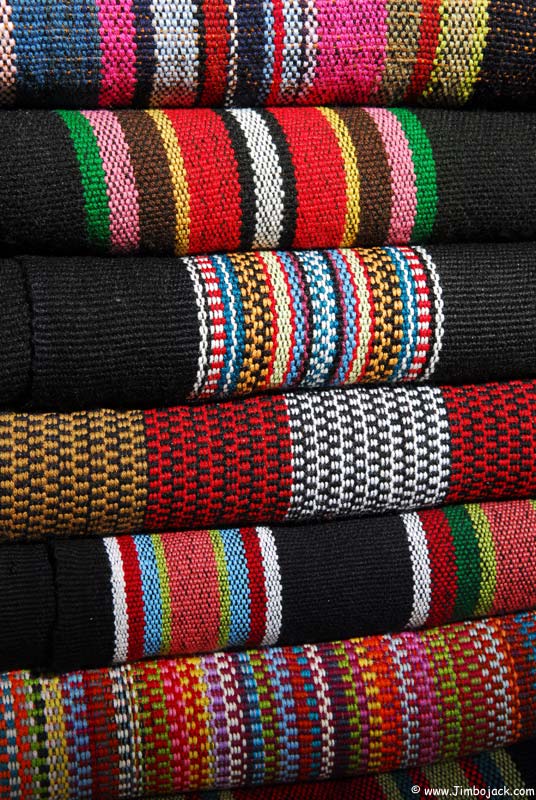
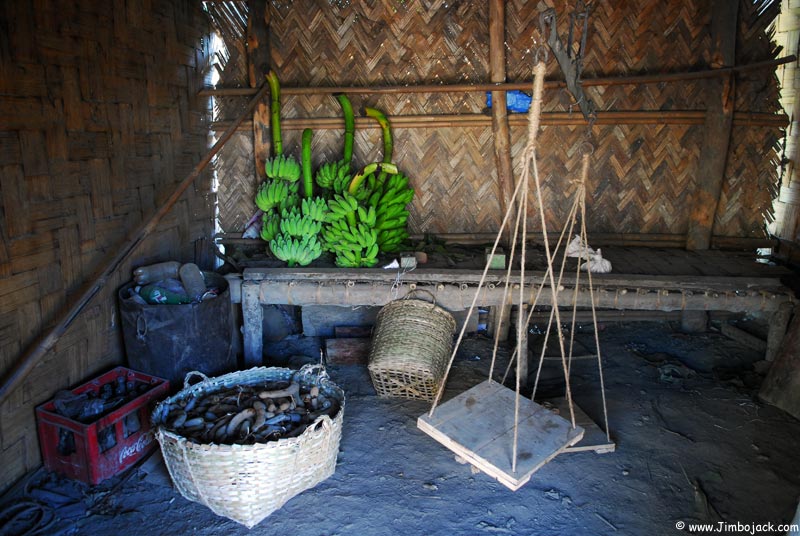
Girl carrying water to her home
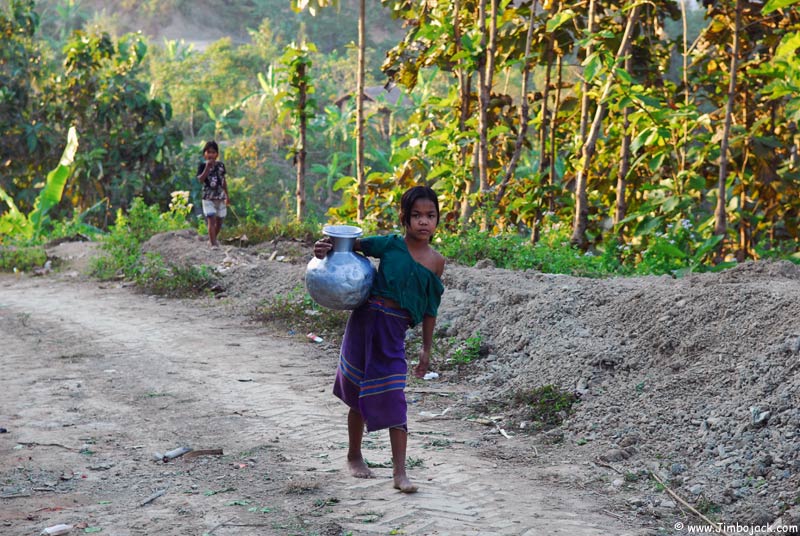
View of the hills from a trail

The next day I decided that I wanted to go to another village (Tripura tribe) Unfortunately I would not be able to go there without at least 2-3 armed police escorting me. I decided that I really didn't want to have them following me around (It's very intimidating to go into a tribal village with and armed police escort, nobody wants to talk to you and people tend to go into their houses). I came up with a story about wanting to go to the market, and lied to them about my plans. After a few minutes of arguing they decided it was ok for my guide and I to go by ourselves provided we only went to a local shop along the main road.
My guide and I went along the main road for a few hundred meters, and once we were far enough from the police with cut into the jungle and walked for a few kilometers through it to go to the village from another direction. It was a big detour, but it was also the best day I had in the Hill Tracts.
The following photos are from Bengali villages along the way.
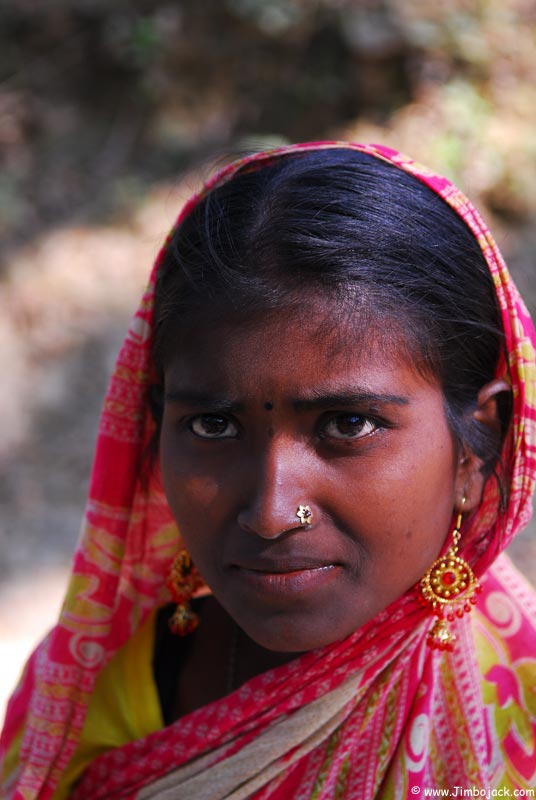
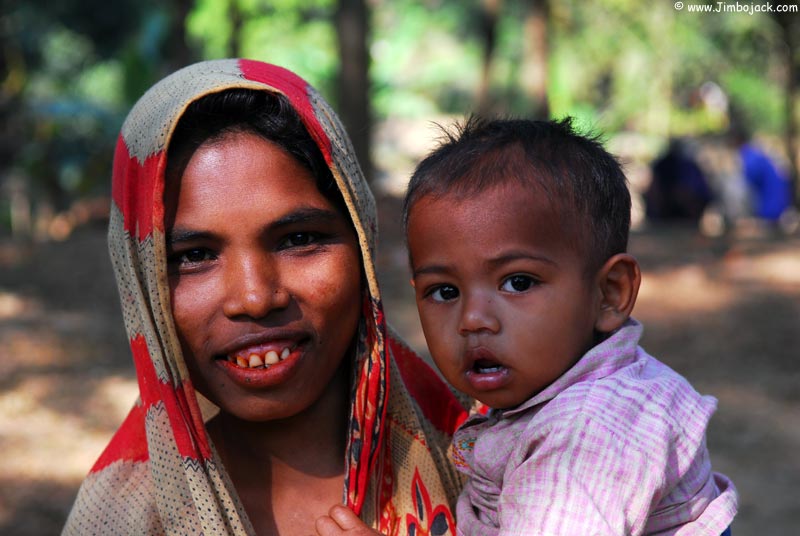
(Click here for Part 2)